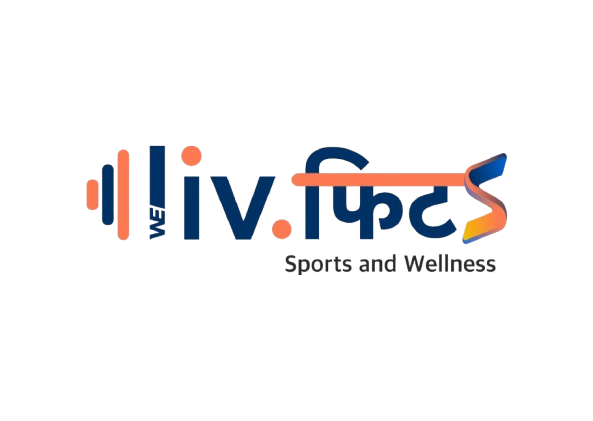FLEX for Beginners: A Guide to Getting Started
Share
When it comes to building a well-rounded fitness routine, flexibility training is often overlooked. However, flexibility is an essential component of overall fitness that can improve performance, reduce injury risks, and make daily activities more comfortable. If you're new to flexibility training or just starting out, FLEX for Beginners: A Guide to Getting Started is here to help. In this guide, we’ll walk you through the basics, share tips, and set you up for success as you begin your journey to a more flexible and balanced body.
What is FLEX, and Why Does it Matter?
FLEX, or flexibility training, focuses on enhancing the range of motion in your joints and muscles. Flexibility improves with consistent practice and plays a vital role in reducing muscle stiffness, improving posture, and aiding in faster recovery after workouts. For beginners, a FLEX routine offers numerous benefits like decreased muscle tension, greater relaxation, and even enhanced coordination.
Benefits of FLEX for Beginners
Whether you’re a beginner in the world of fitness or just new to flexibility training, here are some key benefits:
- Improved Range of Motion: FLEX routines gradually increase joint flexibility, allowing for better movement in exercises and daily activities.
- Reduced Muscle Soreness: Stretching the muscles helps relieve post-workout soreness.
- Enhanced Posture: Flexible muscles reduce strain on joints, helping maintain a more natural posture.
- Decreased Risk of Injury: By increasing flexibility, you reduce the chances of muscle strains and other injuries.
Essential Steps to Get Started with FLEX for Beginners
-
Warm Up First
Warming up is crucial to prepare your body for stretching. Start with light aerobic exercises like walking or gentle jogging for 5–10 minutes to increase your heart rate and loosen up your muscles. -
Start with Dynamic Stretches
For beginners, dynamic stretches like leg swings, arm circles, and torso twists help activate the muscles and joints safely. -
Focus on Major Muscle Groups
Pay attention to muscle groups that affect daily activities, like hamstrings, hip flexors, shoulders, and back. Basic stretches for these areas can make a big difference over time. -
Practice Consistently
Flexibility improves with regular practice, ideally incorporating stretching 2–3 times a week. Consistency will yield gradual improvements in your flexibility and reduce discomfort. -
Hold Stretches Steadily
When holding stretches, aim to sustain them for 15–30 seconds, and avoid bouncing to prevent muscle strain.
Top Beginner FLEX Exercises to Try
Here are some simple and effective stretches for beginners:
-
Forward Fold Stretch
- Benefits: Stretches the hamstrings, calves, and lower back.
- How to: Stand with feet hip-width apart and gently fold forward, allowing your torso to fall toward your legs. Reach toward the ground, and hold for 20–30 seconds.
-
Cat-Cow Stretch
- Benefits: Loosens up the spine and warms up the back muscles.
- How to: On your hands and knees, alternate between arching and rounding your back. This movement helps increase flexibility and mobility in the spine.
-
Quad Stretch
- Benefits: Targets the quadriceps and improves hip flexibility.
- How to: Stand on one leg, bring the other foot towards your glutes, and hold your ankle. Hold for 15–20 seconds and repeat on the other side.
Building a Sustainable FLEX Routine
FLEX for beginners doesn’t have to be complicated. Start with a few simple exercises and gradually increase duration and intensity. Remember to listen to your body and avoid pushing beyond your comfort zone.
Conclusion
Embarking on a flexibility training journey with FLEX is a fantastic way to improve your range of motion, prevent injury, and feel more comfortable in your body. With a consistent approach and proper techniques, FLEX for beginners can transform your fitness routine. Start slowly, stay committed, and enjoy the progress you’ll see in your body and well-being.
